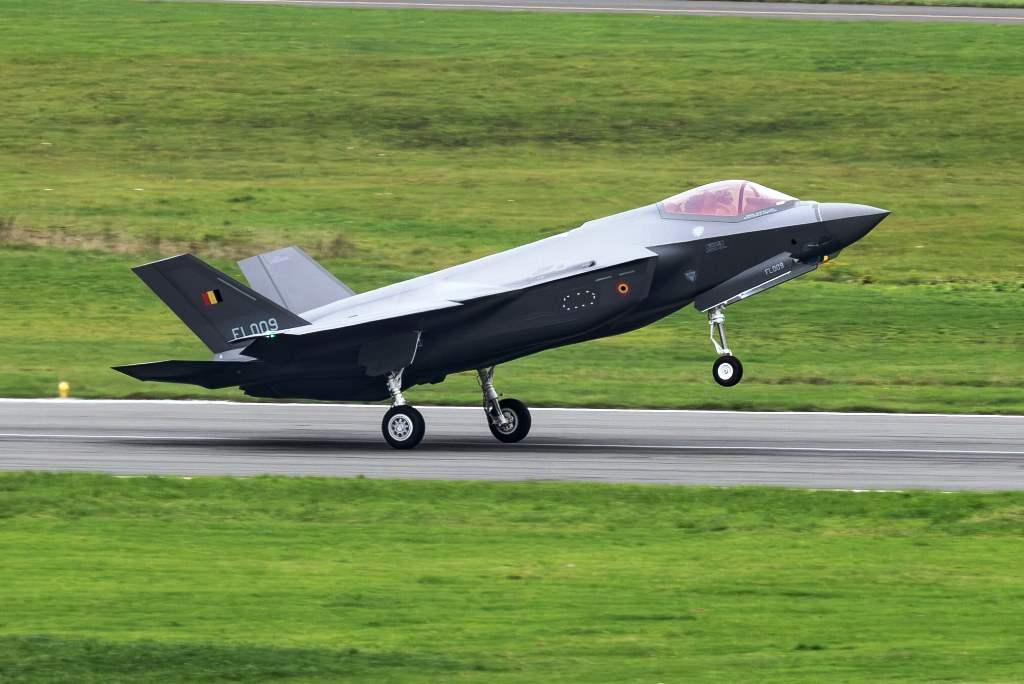Strategic Insights from General Xavier Brunson on the Evolving Security Landscape in Korea
General Xavier Brunson, stationed at the Pentagon, recently engaged in discussions highlighting the critical role of U.S. military presence in South Korea. During these dialogues, he utilizes two distinct maps to underscore the geopolitical challenges facing the region. One map provides an overarching global perspective, while the other offers a unique vantage point of Seoul and surrounding capitals, reorienting the typical north-to-south perspective to reflect views from China’s eastern coastline.
The Importance of a Regional Perspective
This innovative approach is central to General Brunson’s pitch for the significance of his command, which oversees approximately 28,500 U.S. troops in Korea. As he articulates, understanding the landscape from an adversarial perspective is crucial in evaluating military readiness:
- Enemy’s Lens: "It begins with looking from an enemy’s perspective and then seeing where you are and how you might array your capabilities," Brunson emphasizes.
Seoul stands as a formidable military stronghold within the “first island chain,” a strategic arc of nations located off China’s coast that serves as a crucial buffer zone.
North Korea: An Increasingly Alarming Proximity
The situation on the Korean Peninsula remains precarious, exacerbated by North Korea’s militaristic posturing. Recent alliances with Russia have facilitated exchanges of personnel and munitions in return for advanced technology encompassing missile systems, satellites, and potentially destabilizing nuclear capabilities. The year preceding this conversation saw North Korea executing 47 ballistic missile tests, a figure expected to rise due to newfound Russian support.
General Brunson’s responsibilities are multifaceted. He leads not only U.S. forces but also the Combined Forces Command (CFC) that includes South Korean troops. In this combined structure, effective interoperability and strategic alignment are paramount for operational success.
Adapting UN Command for Future Challenges
As the United Nations Command (UNC) approaches its 75th anniversary, General Brunson recognizes the imperative of adapting to changing diplomatic and military dynamics. The North Korean regime exhibits a deeper commitment to sovereignty, necessitating an evolution of the UNC’s posture:
- Transformative Adaptation: “What’s truly in the offing is a different mandate for UN Command. Our composition and posture may change, and we need to remain agile to these shifts.”
While the nature of potential changes to UNC’s membership remains confidential, Brunson hints at interest from additional nations eager to bolster their contributions, including a recent contingent from New Zealand.
Operational Control Transition Dynamics
When discussing the potential timeline for transferring operational control of South Korean forces to local leadership, General Brunson noted the ongoing assessments necessary for any prospective decision. While there’s heightened urgency surrounding this transition, no formal decisions have been made to date.
Regarding U.S. military resources, the recent reallocation of Patriot air defense batteries to support operations elsewhere has raised questions about their return. General Brunson asserts that although capabilities have cyclically been drawn from the peninsula, the ongoing mutual defense obligations are being met.
Navigating Regional Threats
The escalating influence of China presents additional complexities for military strategy in South Korea. As uncertainty looms, Brunson emphasizes the importance of bilateral cooperation in addressing shared threats:
- Increased Collaboration: “Nations prioritize their interests; thus, aligning economic and security frameworks is crucial. Our combined understanding of threats is improving, especially against incursions in the West Sea.”
The visible expansion of Chinese maritime activities has not gone unnoticed in South Korea, signaling the potential for collective action in response to provocations from the North.
Future Alliances Amid Political Transitions
As South Korea heads into a new electoral phase, General Brunson expresses optimism regarding the continuity of trilateral cooperation with Japan, regardless of the political landscape. The enduring sense of threat and the geopolitical landscape’s evolution underscores the need for robust alliances against adversarial actions.
Addressing North Korean Troop Deployment
When queried about North Korean troop presence in Russia, General Brunson estimates that between 10,000 and 12,000 troops are currently stationed across the border, marking a significant shift in military alliances. This development grants North Korea alternative strategies in circumventing international sanctions and enhances their operational capabilities.
To counter this evolving threat, Brunson advocates for a proactive, comprehensive strategy that melds military preparedness with diplomatic efforts, ensuring allies are reassured of U.S. commitments while signaling deterrence to adversaries:
- Integrated Assurance: The alignment of military force and diplomatic engagement around South Korea fortifies a cooperative stance within the region.
U.S. military presence in South Korea not only fulfills reciprocal defense obligations but also serves as a critical deterrent against the shifting balance of power in the Indo-Pacific theater. These strategic insights highlight the complexity and dynamic nature of security operations in this historically significant region.





